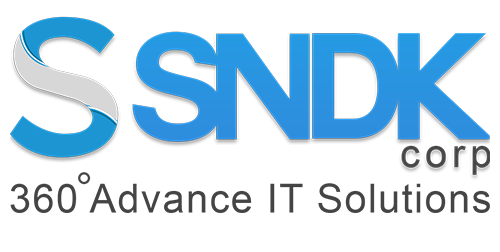Blog
The Biggest Cloud Security Threats for 2021
What is Cloud Security?
Cloud Security involves an extensive set of procedures, technologies, and controls that are utilized to protect cloud-based data, IP, applications, and many more from unwanted cyber-attacks or cyber threats. Cloud Security is also well-known as Cloud Computing Security. Cloud Security protects the data stored online through cloud computing platforms from harmful theft, data leakage, and deletion of precious data/files. Cloud Security is a manifestation of cybersecurity.
Some key constraints of Cloud Security are mentioned below:
- Cloud Security withholds digital data/assets stored online through cloud services providers and even promises to protect it.
- Cloud Security considers certain methods to protect the digital data. The methods are VPN, tokenization, two-factor authentication, obfuscations, firewalls, and many more.
As far as an electronic device has internet access, it also has the possibility of approaching the valuable data and software programs that run through it. Cloud computing is the most popular option in today’s era for individual and business usage for multiple reasons including cost-saving, larger productivity, enhanced speed, greater efficiency, security, and many more.
Cloud computing owners put more emphasis on cloud security as a lot of people trust the cloud for the safety of their digital data. People are sometimes disoriented; by the fact that data is safer on local servers whereas, cloud service providers have patronizing security measures.
Why Cloud Security is important for enterprises?
Workplace security is very vital because it decreases liabilities, insurance, etc. Cloud security ensures to prevent the data stored in a remote location by protecting your business/enterprises from the threat of data deletion/loss. And practically every other business is running on a different kind of cloud networking, making cloud security for the organization crucial. Let’s discuss the importance of cloud security for enterprises in details:
1. Watch Over Security Breaches
Sensitive information/data must be protected. Not limiting access to valuable data and compilation with third-party vendors leads to security breaches most often.
2. Managing Remote Work
One of the real benefits of using cloud computing is the absolute accessibility of data. The employees of an organization can access crucial applications/data from anywhere anytime in the world. This allows the company to have flexible work goals and also opens the gate to hire employees/staff all around the globe.
3. Ensure Disaster Recovery
One of the doctrines of business continuity is having an extensive disaster recovery plan in place to meet unforeseen circumstances, as disaster can occur at any time.
4. Comply With Regulations
Data preservation like HIPAA and GDPR are protocols that business organizations must take seriously, or else, they might have to face the wrath of regulators. These qualities ensure the integrity and security of customer data.
- Eliminating Weak Links and Building Access Levels
A lot of organizations use cloud storage and accidentally leak the data to the public. This compromised the integrity of their business. Building access level controls to employees will prevent the data from leaking.
Why are the challenges for Cloud Security 2021?
As a lot of business organizations now rely on the cloud for working purposes, the cloud security challenges prong rigorously in 2021. Let’s summarize the threats and challenges for cloud security:
- Consequences of data breaches
- Misconfiguration and inadequate Change Control
- Lack of Cloud Security architecture and system
- Inadequate identity, credential, access, and key management
- Account Hacking
- Work member threat
- Meta structure and Applistructure failures
- Limited Cloud usage visibility
- Abuse and heinous use of cloud services
What are the various Cloud Security Controls?
Cloud security control is constructive only if the correct shielding implementations are in place. A methodical cloud security architecture should be able to recognize the problems that might occur concerning security management. The various types of cloud security controls are mentioned below:
1) Deterrent controls
The deterrent controls intend to reduce attacks on a cloud system, just like a warning sign on a fence or property.
2) Preventive controls
The preventive controls actually strengthen the system against threats and attacks. It may not eliminate vulnerabilities but surely can reduce them.
3) Detective controls
The detective controls are assigned to detect threats and attacks and react to them appropriately.
4) Corrective controls
The corrective controls basically decrease the consequences of the threats or attacks.
Conclusion
The way cloud security is conveyed will always be contingent on the individual cloud providers. However, the execution of cybersecurity processes should be a communal responsibility between the business owner and the cloud service solution provider. The importance of cloud security multiplies in various sectors in the industry because of the risk involved.
Connect with SNDK Corp cloud security experts for keeping your organization data safe from various threats and challenges. Visit our official website for more information.
FAQs
Anyone can mitigate cloud security risk by implementing identity and access controls, the requirement of strong passwords, using multi-factor authentication, removing/deleting unused accounts and credentials, and many more.
There are basically four areas of cloud security – visibility and consent, computer-based security, protection of network, and identification of required security.
There are many benefits of cloud security, including – protection against DDOs, availability of data security, regulation of compliance/consent, and flexibility to avoid server crashes.
